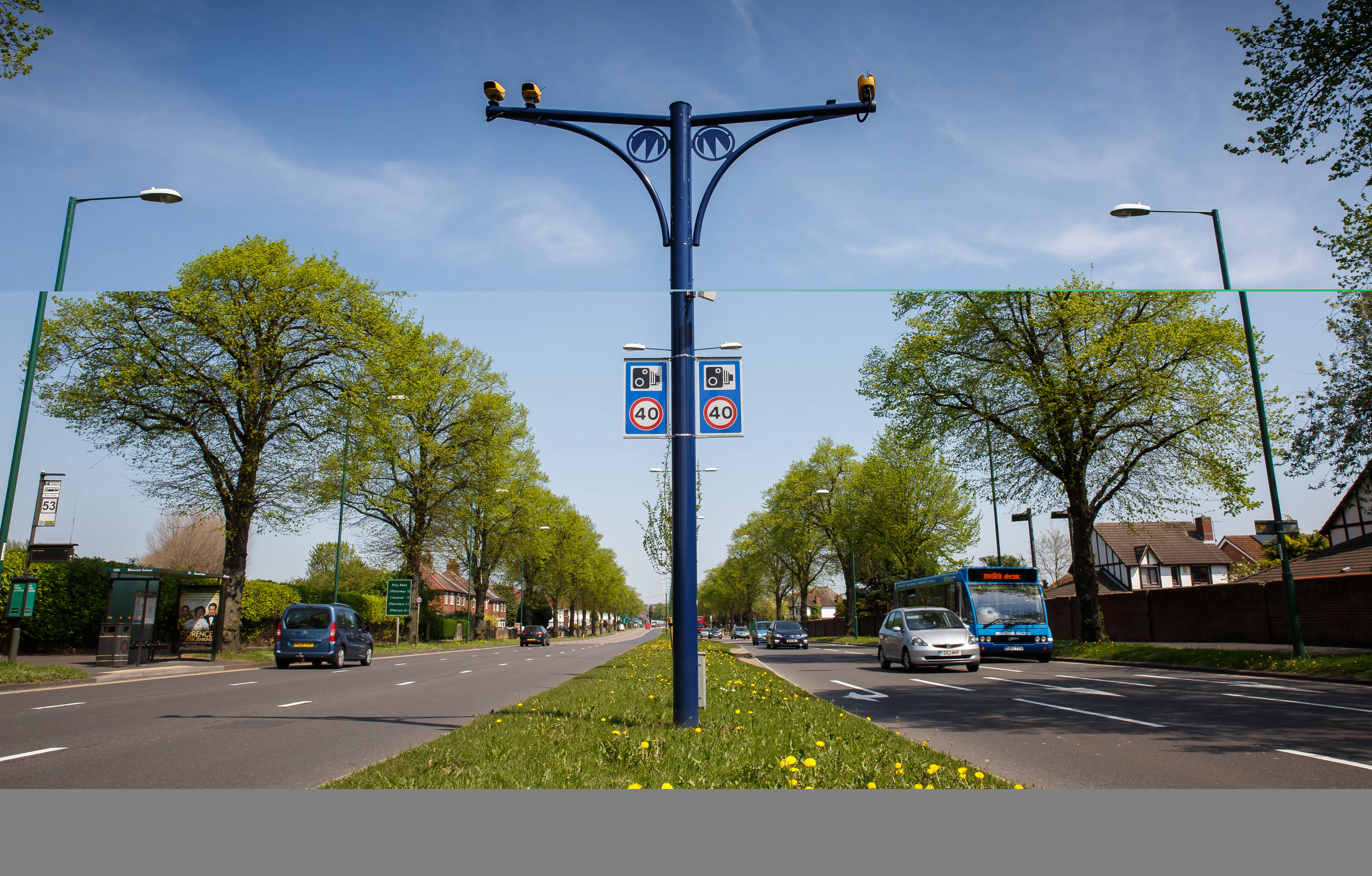A British woman had rather a nasty shock while taking her young child to see African wildlife at a safari park in the UK. An amorous male rhinoceros first sniffed at her car and then repeatedly bashed into it, apparently mistaking it for a female of the species. Around €693 (£500) worth of damage was caused to the car, a grey Mitsubishi Warrior pick-up truck, although the woman and her toddler were unharmed. Luckily her choice of vehicle gave her and her child some protection against the over-excited creatu
May 20, 2015
Read time: 2 mins
A British woman had rather a nasty shock while taking her young child to see African wildlife at a safari park in the UK. An amorous male rhinoceros first sniffed at her car and then repeatedly bashed into it, apparently mistaking it for a female of the species. Around €693 (£500) worth of damage was caused to the car, a grey Mitsubishi Warrior pick-up truck, although the woman and her toddler were unharmed. Luckily her choice of vehicle gave her and her child some protection against the over-excited creature as a smaller car might not have proven so sturdy. The woman’s insurance claim is likely to provoke some speculation with a claims handler however. Just how the rhinoceros confused a pick-up truck with a female of the species is unclear. And what the animal’s behaviour says about entrenched sexist attitudes as well as the mating habits of the male rhinoceros is quite another matter. Meanwhile at a game reserve in South Africa some American visitors had a shock when a female lion approached their vehicle and using its teeth on the handle, opened the car door. The driver hit the accelerator and left the animal behind, allowing the rear seat passenger to close the door again and make sure it was properly locked.








